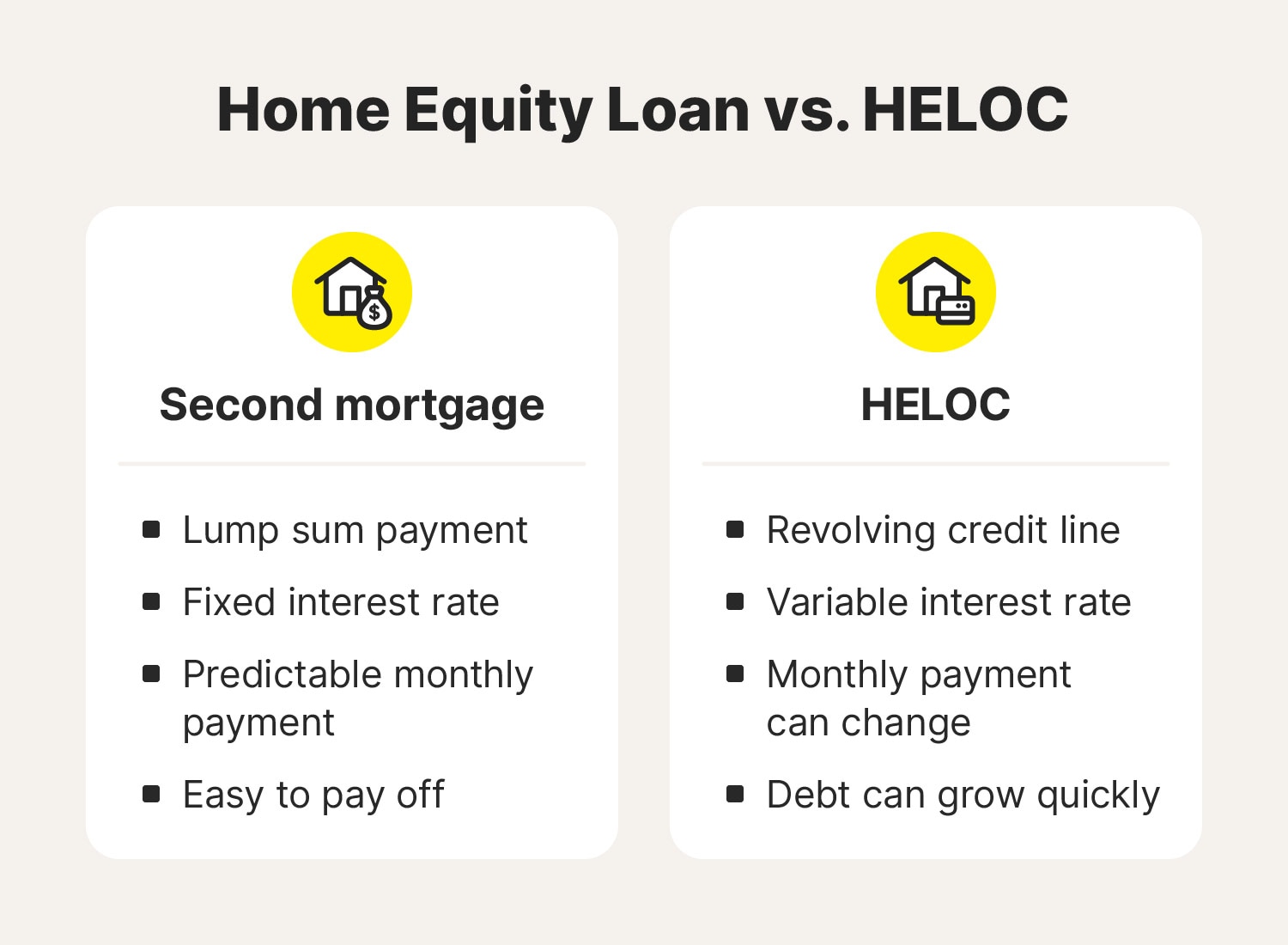Common Myths and Facts About Equity Release Mortgages
Common Myths and Facts About Equity Release Mortgages
Blog Article
A Comprehensive Guide to Selecting the Right Equity Release Mortgages for Your Demands
Choosing the right equity Release home loan is a substantial choice for several home owners. It includes understanding numerous items and examining individual economic requirements. With options like lifetime mortgages and home reversion systems, the path can appear complex. Secret factors to consider consist of rate of interest and flexibility. As individuals navigate this landscape, considering potential dangers and benefits comes to be essential. What aspects should one focus on to ensure the very best result?
Recognizing Equity Release Mortgages
Equity Release home loans offer an economic option for homeowners aiming to access the worth secured their properties. Primarily developed for individuals aged 55 and over, these home mortgages permit them to convert component of their home equity right into money while remaining to reside in their homes. House owners can make use of these funds for numerous objectives, such as supplementing retired life earnings, moneying home renovations, or covering health care expenses. The core principle behind equity Release is that the funding is settled upon the home owner's death or when they move into long-lasting treatment, whereupon the home is generally offered to work out the financial obligation. This method makes it possible for individuals to take pleasure in the advantages of their home's worth without needing to move. It is essential for potential borrowers to recognize the implications of equity Release, consisting of potential effect on inheritance and recurring monetary dedications, prior to making a choice.
Types of Equity Release Products
When discovering equity Release items, it is important to understand the primary types available. Lifetime home mortgages, home reversion systems, and drawdown plans each offer distinct features and benefits. Examining these choices can help people in making informed financial decisions concerning their home.
Lifetime Mortgages Clarified
Lifetime mortgages stand for one of the most usual forms of equity Release items offered to home owners in retirement. This sort of home mortgage enables individuals to borrow against the value of their home while keeping possession. Typically, the loan and passion built up are paid back when the home owner dies or relocates right into long-lasting treatment. Consumers frequently have the choice to choose in between fixed and variable rate of interest, in addition to whether to make month-to-month repayments or let the rate of interest roll up. The quantity available to borrow typically depends upon the home owner's age and home worth. This monetary remedy can give retirees with needed funds for numerous needs, including home improvements or added revenue, while permitting them to stay in their homes.
Home Reversion Schemes

Drawdown Plans Overview
Drawdown strategies stand for a flexible option within the spectrum of equity Release items, allowing homeowners to access their building's value as needed. These strategies allow people to Release a part of their home equity incrementally, as opposed to obtaining a lump amount upfront. This adaptability can be especially valuable for managing financial resources gradually, as borrowers just pay passion on the quantities they withdraw. Typically, drawdown strategies come with a pre-approved limitation, ensuring that property owners can access funds when essential without reapplying. Additionally, this method can help reduce the influence of compounding interest, as less cash is obtained initially. On the whole, drawdown strategies satisfy those looking for monetary adaptability while preserving control over their equity Release journey.
Secret Aspects to Take Into Consideration
When choosing an equity Release mortgage, a number of essential variables warrant mindful consideration. Interest prices comparison, the loan-to-value ratio, and the flexibility of features supplied can considerably impact the viability of a product. Assessing these elements will aid individuals make notified choices that line up with their financial objectives.
Rate Of Interest Contrast
Navigating the landscape of equity Release home mortgages needs cautious consideration of rate of interest rates, which play an important function in identifying the total cost of the lending. Consumers must compare variable and set rates, as repaired rates offer security while variable prices can change based on market conditions. Furthermore, the timing of the passion rate lock-in can significantly influence the overall payment amount. Potential borrowers should likewise evaluate the annual percent rate (APR), that includes various costs and costs linked with the home loan. Recognizing the implications of different rate of interest will make it possible for people to make informed choices customized to their financial scenario. Eventually, a thorough evaluation of these factors can result in much more desirable equity Release end results.

Loan-to-Value Proportion
The loan-to-value (LTV) ratio works as a critical statistics in the domain of equity Release home mortgages, influencing both qualification and loaning ability. It is computed by dividing the quantity of the car loan by the evaluated value of the property. Typically, a greater LTV ratio shows a greater risk for lending institutions, which can result in more stringent lending requirements. The majority of equity Release items have details LTV limitations, usually established by the age of the consumer and the value of the property. LTV ratios generally range from 20% to 60%, relying on these aspects. Comprehending the implications of the LTV ratio is important for debtors, as it directly impacts the quantity they can access while ensuring they stay within risk-free line of credit.
Versatility and Functions
Comprehending the flexibility and features of equity Release home mortgages is vital for debtors looking for to maximize their economic choices. Various products supply differing levels of versatility, such as the ability to make partial settlements or the option to take a swelling sum versus normal withdrawals. Debtors should also take into consideration the portability of the home mortgage, which allows them to transfer it to a brand-new home if they make a decision to relocate. Additional features like the ability to include relative or the choice for a no-negative-equity guarantee can boost protection and comfort. Inevitably, reviewing these variables will help debtors select a strategy that lines up with their long-term individual situations and monetary objectives.
The Application Refine
How does one navigate the application procedure for equity Release mortgages? The journey begins with evaluating qualification, which commonly needs the applicant to be a minimum of 55 years old and possess a substantial portion of their home. Next off, individuals need to gather essential paperwork, including evidence of residential or commercial property, income, and identification valuation.Once prepared, applicants can come close to a lending institution or broker concentrating on equity Release. A financial consultant may additionally offer beneficial guidance, making sure that all options are considered. Following this, the applicant submits a formal application, which consists of a detailed analysis of their monetary situation and residential property details.The loan provider will after that conduct an evaluation, which might involve a home evaluation and conversations concerning the applicant's needs and scenarios. The process culminates with a formal deal, enabling the candidate to review the terms before making a decision. Clear communication and understanding at each action are important for an effective application.

Prices and Charges Entailed
Countless costs and fees are connected with equity Release home loans, and possible consumers must understand these economic considerations. Originally, there might be an application charge, which covers the lending institution's administration prices (equity release mortgages). Furthermore, evaluation costs are commonly needed to evaluate the websites residential or commercial property's worth, and these can differ substantially based on the residential property's dimension and location.Legal costs should likewise be factored in, as borrowers will require a solicitor to navigate the lawful facets of the equity Release procedure. Some loan providers might impose very early repayment charges if the home mortgage is paid off within a details term.It is crucial for consumers to thoroughly assess all expenses associated with an equity Release mortgage, as they can impact the total worth of the equity being launched. A clear understanding of these fees will allow people to make enlightened decisions
Possible Dangers and Benefits
Equity Release mortgages include a range of prices and costs that can influence a borrower's economic circumstance. They provide considerable advantages, such as accessibility to funds without the requirement to offer the home, permitting customers to make use of the cash for retired life, home enhancements, or to sustain family members. Nevertheless, possible threats exist, consisting of the decrease of inheritance for successors, as the financing amount plus interest must be paid back upon the consumer's death or relocate right into long-term care. Furthermore, the property's worth may not appreciate as expected, resulting in a larger debt than anticipated. Borrowers may likewise encounter constraints on offering the home or moving. If equity Release lines up with their long-term financial objectives, it is vital for people to meticulously evaluate these risks against the advantages to establish. A comprehensive understanding of both elements is important for making an educated choice.
Inquiries to Ask Before Dedicating
When considering an equity Release home mortgage, prospective consumers need to ask themselves a number of crucial concerns to ensure they are making a notified decision. They need to first evaluate their economic situation, consisting of existing financial debts and future requirements, to establish if equity Release appropriates. It is vital to ask regarding the total costs entailed, including charges, rate of interest, and any penalties for very early repayment. Debtors must also ask just how equity Release will impact inheritance, as it might lower the estate left for successors. Understanding the regards to the arrangement is necessary; for that reason, inquiries regarding the versatility of the plan, such as the capability to make payments or withdraw extra funds, must be dealt with. Finally, potential consumers ought to think about the reputation of the loan provider and whether independent financial recommendations has been sought to ensure all elements are extensively comprehended.
Regularly Asked Inquiries
Can I Select How Much Equity to Release?
People can typically pick how much equity to Release from their home, but the amount may be affected by elements such as age, home value, and lender requirements - equity release mortgages. Consulting with an economic advisor is advisable
What Happens if Property Values Decline?
If residential property worths decrease, the equity available for Release lessens, potentially leading to a situation where the outstanding home loan exceeds the property worth. This situation might limit financial options and influence future planning for home owners.
Can I Still Move Home With Equity Release?
The capability to move home with equity Release relies on the details regards to the equity Release strategy. Typically, several plans enable house owners to transfer their equity Release to a new home, based on approval.
How Does Equity Release Affect My Inheritance?
Equity Release can considerably impact inheritance. By accessing home equity, the overall worth of an estate might decrease, potentially decreasing what beneficiaries obtain. It's essential for individuals to consider these effects when selecting equity Release alternatives.
Are There Any Type Of Age Restrictions for Candidates?
Age restrictions for equity Release candidates typically need people to be at the very least 55 years old (equity release mortgages). Lenders may have extra requirements, usually thinking about the candidate's monetary scenario and the property's worth during the evaluation procedure
Conclusion
In recap, picking the ideal equity Release home loan requires cautious analysis of individual economic situations and objectives. By understanding the different item kinds, key aspects, and linked costs, customers can make educated choices. Furthermore, acknowledging possible threats and advantages visit the website is crucial for lasting economic security. Looking for independent monetary suggestions can additionally enhance the decision-making process, ensuring that the chosen equity Release option aligns with the home owner's overall financial strategy and future goals. Equity Release home loans give a monetary service for home owners looking to access the value locked in their residential properties. Understanding the flexibility and features of equity Release home loans is crucial for consumers looking for to maximize their monetary choices. Some loan providers might impose early repayment costs if the mortgage is paid off within a specific term.It is important for debtors to completely assess all costs linked with check this an equity Release mortgage, as they can impact the general value of the equity being released. The ability to move home with equity Release depends on the specific terms of the equity Release strategy. Looking for independent monetary suggestions can better boost the decision-making procedure, guaranteeing that the chosen equity Release option aligns with the homeowner's overall financial strategy and future aspirations.
Report this page